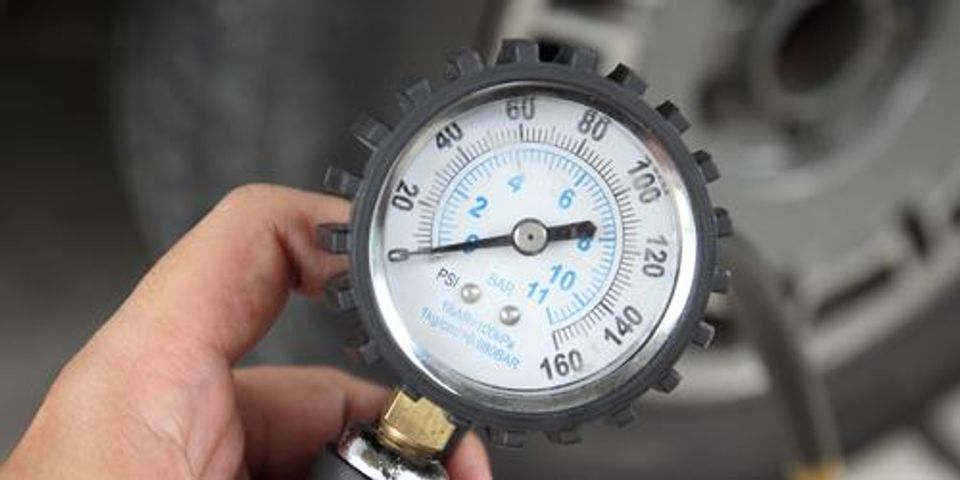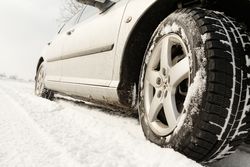
When you’re in a rush to drive to work or an appointment, the last thing you’re concerned about is your car’s tire pressure. However, you should keep an eye out for the indicator light on your dashboard — particularly in the winter — and when it illuminates, you shouldn’t ignore it. According to the experienced mechanics at Village Auto Services in Cincinnati, OH, doing so can compromise the longevity of your tires and reduce gas mileage.
 The general rule of thumb is that the colder the temperature is, the lower tire pressure becomes, and vice versa. More specifically, the temperature affects your tire’s psi (pound per square inch). For every 10 degrees the outside temperature rises or falls, one psi follows suit. This happens because the air naturally compresses in colder conditions. If your tire pressure was last adjusted in the summer, during the day, or even after a drive when the tires are warmer, the psi will drop when the temperatures cool, triggering the tire pressure monitor system (TPMS).
The general rule of thumb is that the colder the temperature is, the lower tire pressure becomes, and vice versa. More specifically, the temperature affects your tire’s psi (pound per square inch). For every 10 degrees the outside temperature rises or falls, one psi follows suit. This happens because the air naturally compresses in colder conditions. If your tire pressure was last adjusted in the summer, during the day, or even after a drive when the tires are warmer, the psi will drop when the temperatures cool, triggering the tire pressure monitor system (TPMS).
When the TPMS light flashes on your dashboard, check the pressure in each tire as soon as possible. Deflation can lead to tire failure, increased wear, and compromised gas mileage. Even if the light goes off after you start driving, that’s only because the tires are warmed, causing the air to inflate and stabilizing the psi levels temporarily.
To make sure your car runs smoothly throughout the winter, get your tires checked on a monthly basis at Village Auto Services. Since 1970, their team of top mechanics has provided auto repair on all car models with the utmost attention to detail and care. The next time you’re looking for quality car maintenance, call (513) 561-5350 or message the mechanics on Facebook for a free quote.
About the Business
Have a question? Ask the experts!
Send your question

